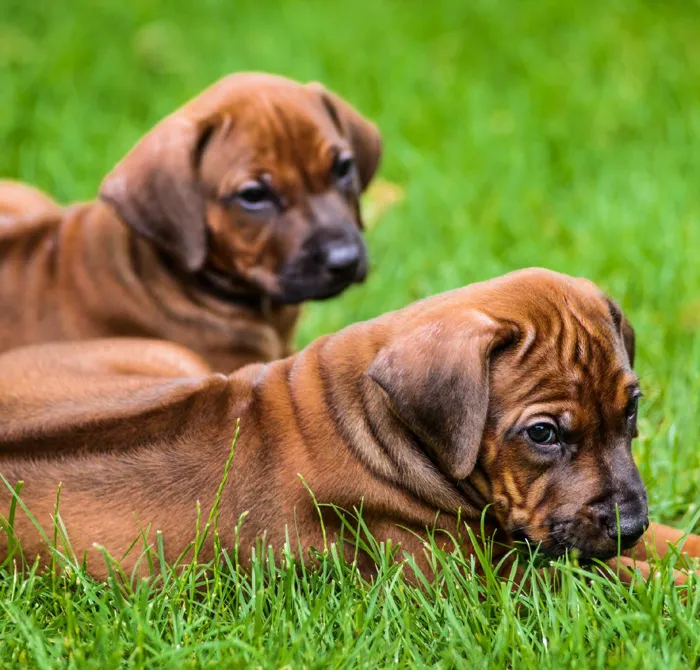Rhodesian Ridgeback

Breed Traits
Pet traits are ranked on a scale of 1 to 10 with 1 being the lowest and 10 being the highest.
Group
Hound
History
Standard
Nutrition
Grooming
Exercise
Training
Health
General Appearance
The Ridgeback represents a strong, muscular and active hound, symmetrical and balanced in outline. A mature Ridgeback is a handsome, upstanding and athletic dog, capable of great endurance with a fair (good) amount of speed. Of even, dignified temperament, the Ridgeback is devoted and affectionate to his master, reserved with strangers. The peculiarity of this breed is the ridge on the back. The ridge must be regarded as the characteristic feature of the breed.
Size, Proportion, Substance
Head
Neck, Topline, Body
Forequarters
Hindquarters
Coat
Color
Ridge
Gait
Temperament
Available Puppies
All pets have found there homes! Sign up to be notified when new pets are added so you don't miss out.



